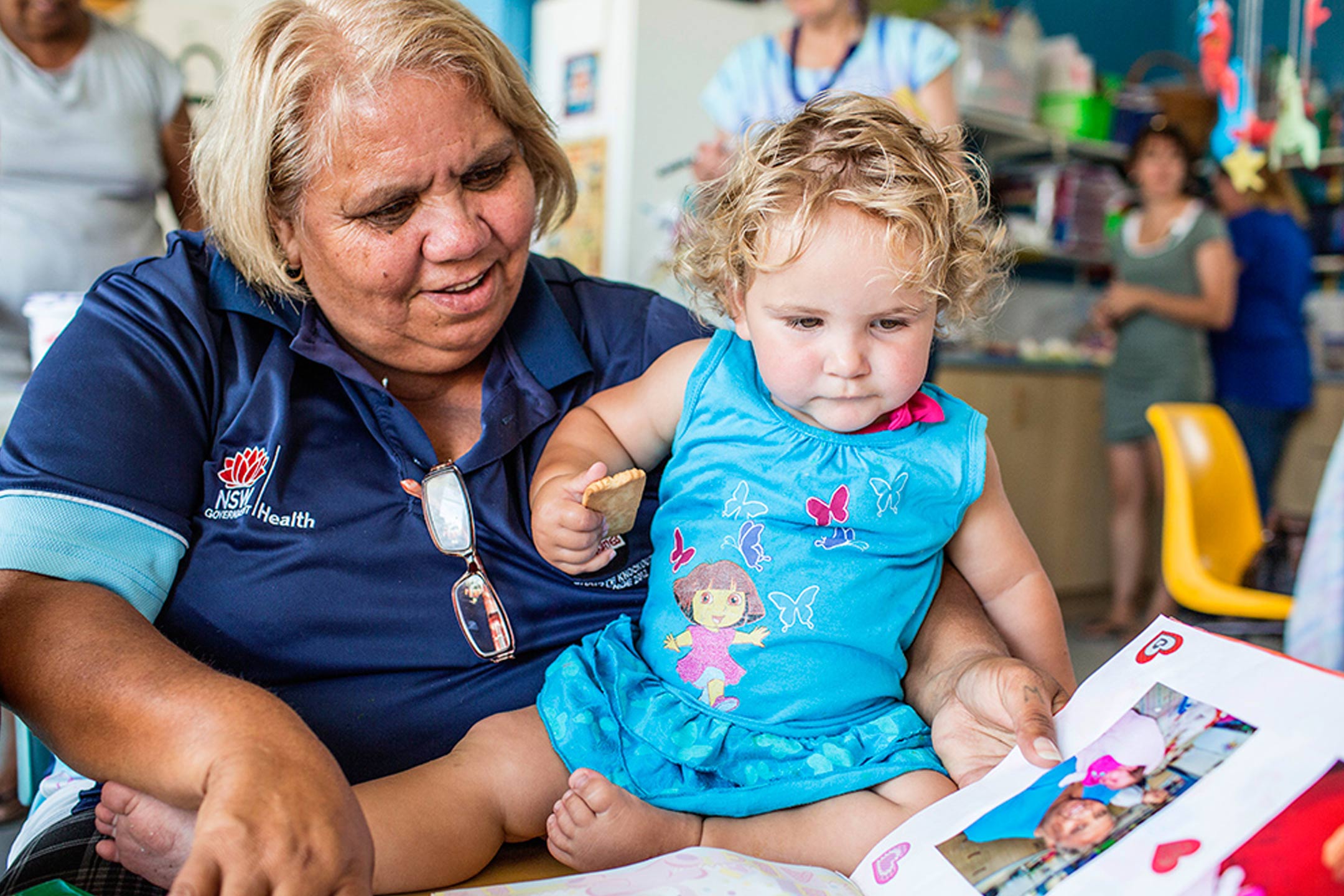
16 Nov Aboriginal language revitalisation starts in the early years
The NSW Department of Education is taking significant steps to revitalize Aboriginal languages among young children in early childhood education and care (ECEC) services. The Ninganah No More program now includes three Aboriginal language hubs across NSW, empowering Aboriginal and Torres Strait Islander children to connect with their culture and land from a young age.
The program’s goal is to ensure that 50% of Aboriginal children in ECEC have access to an Aboriginal language program before starting school in 2025, as outlined in the First Steps Strategy. These hubs, managed by Aboriginal Community Controlled Organizations, offer region-specific language teachings, ensuring resources are readily available.
The Winanga-Li Aboriginal Child and Family Centre will focus on Gamilaraay/Yuwaalaraay/Yuwaalayaay Aboriginal languages in Gunnedah, Walgett, Tamworth, and Moree Plains regions. The Dubbo regional Aboriginal Education Consultative Group will coordinate North Wiradjuri Aboriginal language resources in the Dubbo, Narromine, Parkes, and Gilgandra areas.
Yuwaalaraay is primarily spoken in the northern part of New South Wales, including areas like Moree and Walgett. Yuwaalayaay, on the other hand, is spoken in the southern regions of New South Wales, near Narrandera.
Aunty Julie Carey, director of Kulai Preschool, a Gumbaynggirr Aboriginal language hub, has seen the positive impact of teaching language to young children. It fosters a sense of belonging, strengthens their identity, and connects them to their country and community. This early exposure helps build confidence and enhances children’s well-being.
Mark Barraket, Early Childhood Outcomes Relieving Deputy Secretary, emphasized the long-term benefits of these language hubs. Aboriginal languages are integral to sharing knowledge and ideas across cultures and generations, contributing to the preservation of culture and identity in formal education.
This initiative not only improves educational outcomes for children but also enriches the entire community, making a lasting impact on future generations.
Main Image: Hailey Bartholomew

